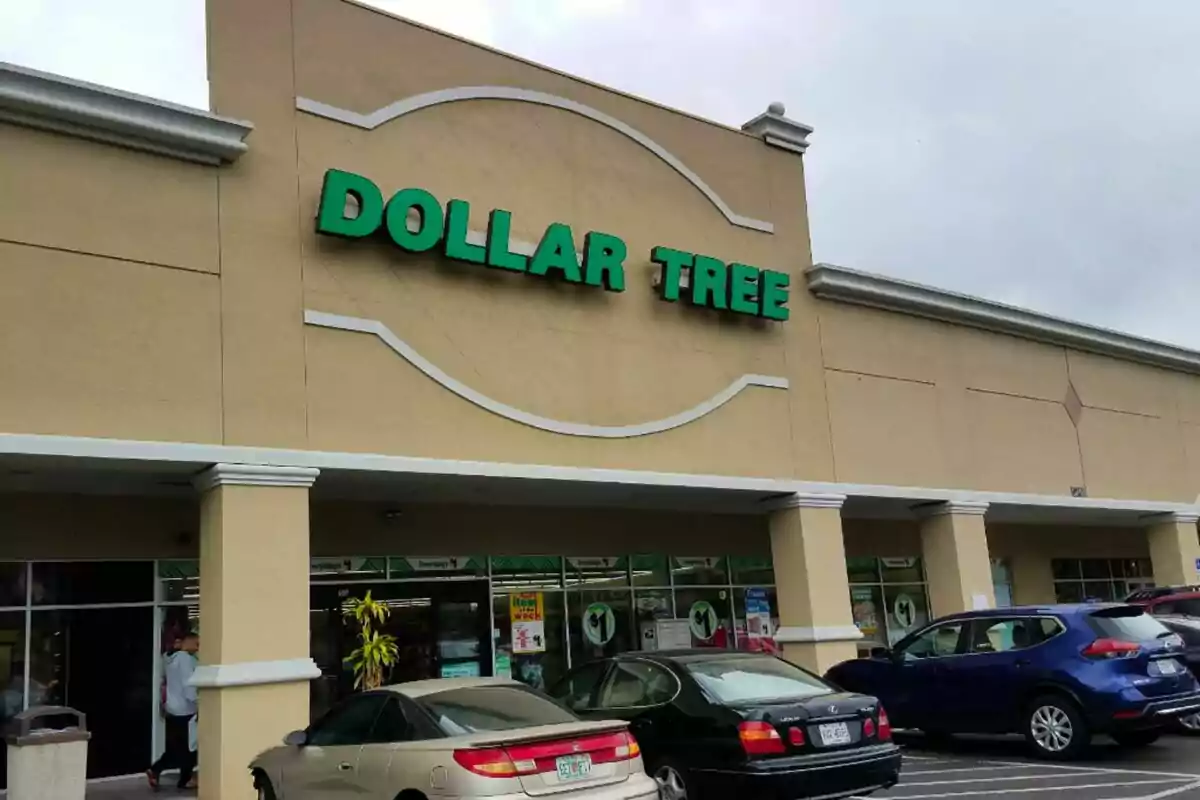
Dollar Tree and Target Breaking News: You Won't Be Able to Do It Anymore in the United States
Imminent Policy Change in the USA Affecting All Customers of These Two American Retail Giants
Three retail giants in the United States, Walmart, Target, and Dollar Tree, have implemented a policy that prohibits the use of damaged bills for payment. This measure, which has drawn attention among consumers, is due to a joint effort between authorities and retail chains. The goal is to reinforce security in the financial system and combat the circulation of counterfeit money.
Why Are Damaged Bills Rejected?
The mentioned stores have stopped accepting bills that show visible damage, such as tears, cut edges, or obvious signs of wear. These damaged bills are more vulnerable to being altered and turned into counterfeits. The decision is part of a broader strategy by the U.S. government to reduce economic losses caused by money counterfeiting.

In addition to this measure, it is expected that, in the coming years, several bills will be redesigned to include new security features. The changes aim to make counterfeiting more difficult and to improve consumer trust in the monetary system.
The Government and Its Fight Against Counterfeiting
Authorities have announced that in 2028 the 50-dollar bill will be updated, followed by the redesign of the 20-dollar bill in 2030. This redesign will include advanced security technologies such as special inks, microprinting, and 3D security threads. These changes will be implemented to reduce fraud and to ensure that the money in circulation is increasingly easier to verify.
The focus on damaged bills responds to the risk that, being more worn, they are easier to modify. Retailers, like Walmart, Target, and Dollar Tree, have taken on the responsibility of applying this policy for the benefit of the economic system and the protection of their customers.

How to Avoid Problems with Cash
As a result of this new regulation, it is essential for consumers to check the condition of the bills they use to avoid inconveniences when making purchases. Although worn bills are rejected, there are still simple ways to verify their authenticity before reaching the store.
Some of the most effective methods include:
Security Thread: When holding the bill up to the light, the word "USA" should be visible on an embedded security thread.
3D Security Ribbon: On 100-dollar bills, when moving the bill, the bells on the blue ribbon should display the number "100."
Color-Changing Ink: On the 100-dollar bill, the number in the lower right corner changes color, from copper to green, when tilted.
Watermark: Holding the bill against the light, a faint image of the portrait corresponding to the bill's value should be observed.
These features not only help prevent fraud but also help improve confidence in the circulation of money.
A New Era for the Monetary System
The measure implemented by Walmart, Dollar Tree, and Target is just the beginning of a process that aims to transform the way we interact with cash. As the U.S. government advances in the redesign of bills, consumers will need to adapt to new security features. Authorities have emphasized that these changes are necessary to strengthen the economy and ensure that the monetary system remains reliable.
More posts: